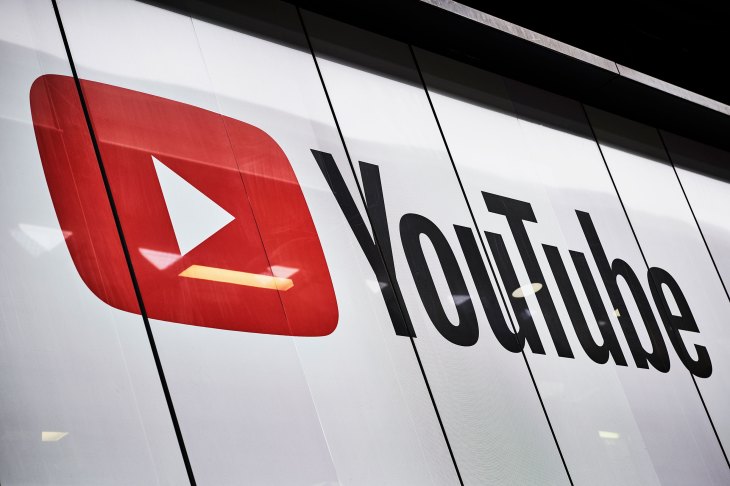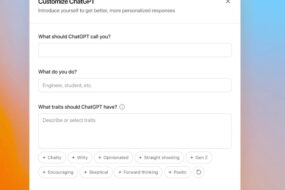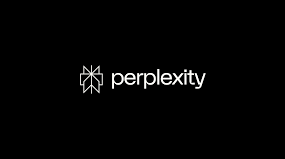
Source: Business Ghana
YouTube wants to make it easier to dub your videos in other languages by giving you some help with AI. The company announced Thursday at VidCon that it’s bringing over the team from Aloud, an AI-powered dubbing service from Google’s Area 120 incubator.
Here’s how it works, according to Aloud’s website. The tool first transcribes your video, giving you a transcription that you can review and edit. Then, it translates and produces the dub. This video has the details.
YouTube is already testing the tool with “hundreds” of creators, YouTube’s Amjad Hanif says in a statement to The Verge. And Hanif says that Aloud currently supports a “few” languages, with “more to come”; according to spokesperson Jessica Gibby, Aloud is currently available in English, Spanish, and Portuguese.
Still, even with a limited number of languages, Aloud could be a useful tool as a growing number of creators add multi-language dubs to their videos. And if you want to hear an example of Aloud’s results for yourself, check out the Spanish dub track in this video from the Amoeba Sisters channel. (Click the gear icon, then “Audio track.”)
Down the line, YouTube is “working to make translated audio tracks sound like the creator’s voice, with more expression, and lip sync,” Hanif says. Those features are planned for 2024, Gibby says.
Source: Business Ghana






